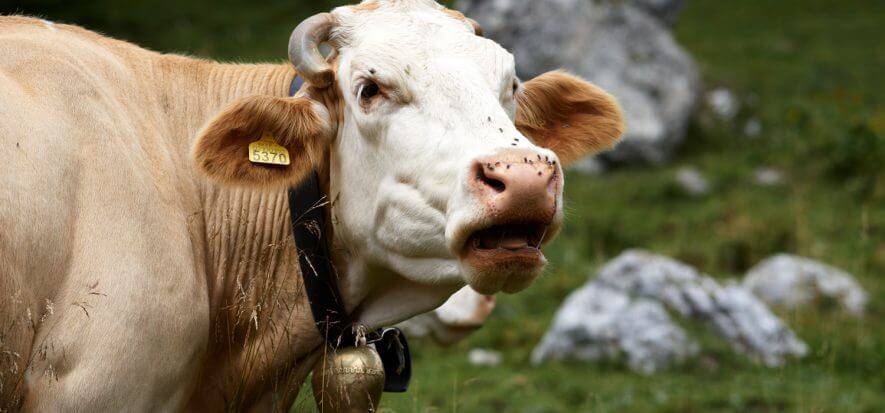The leather chain has always been based on recovering materials. The new challenge is for bovine hair. A joint study from Conicet (government agency for science and technology) and the national university of Còrdoba (UNC) have published in Argentina research showing how they developed next-gen lithium-sulfur batteries with bovine hair recovered from tanneries. The researchers deposited the patent in the USA.
The project
Everything started with Victoria Bracamonte, Guillermina Luque and Andrea Calderón, as they recovered bovine hair from an Argentinian tannery. The start of the plan was to turn them into bio-fuels. But then the material was treated to make lithium batteries. These batteries are made from graphite, cobalt and nickel elements, write local sources. They are expensive, polluting and scarce materials, while by using sulfur as a cathode it’s possible to reduce these costs. And to create the chemical structure it needs bio-fuels. The researchers from Conicet and UNC are able to achieve the preferred result with bovine hair from tanneries.
Experimental process
The experimental process gets bovine hair to undergo a process of washing and cooking, and to the material is then added sulfur to make a battery similar to that of a watch with a pure lithium anode. Hair is among the main waste byproducts of tanneries: research calculate that that every ton of wet bovine hide generates 85 kilograms of hair. The research group has worked through the pandemic to achieve the result. Batteries with bovine hair should be on the market within 10 years. It’s an environmental opportunity to be considered.
Photo from Shutterstock
Read also:











